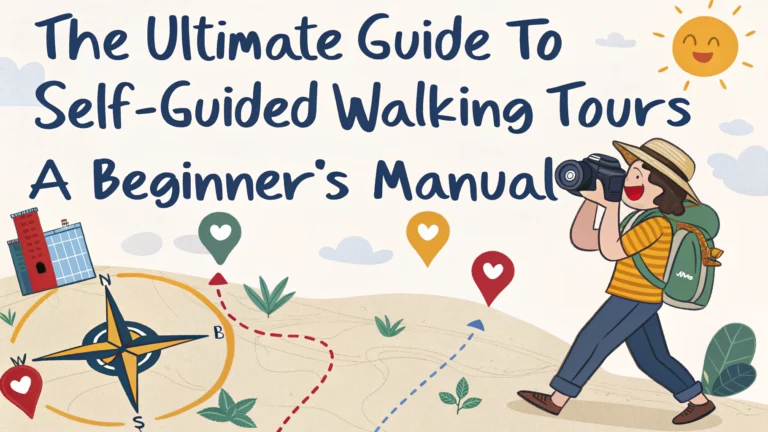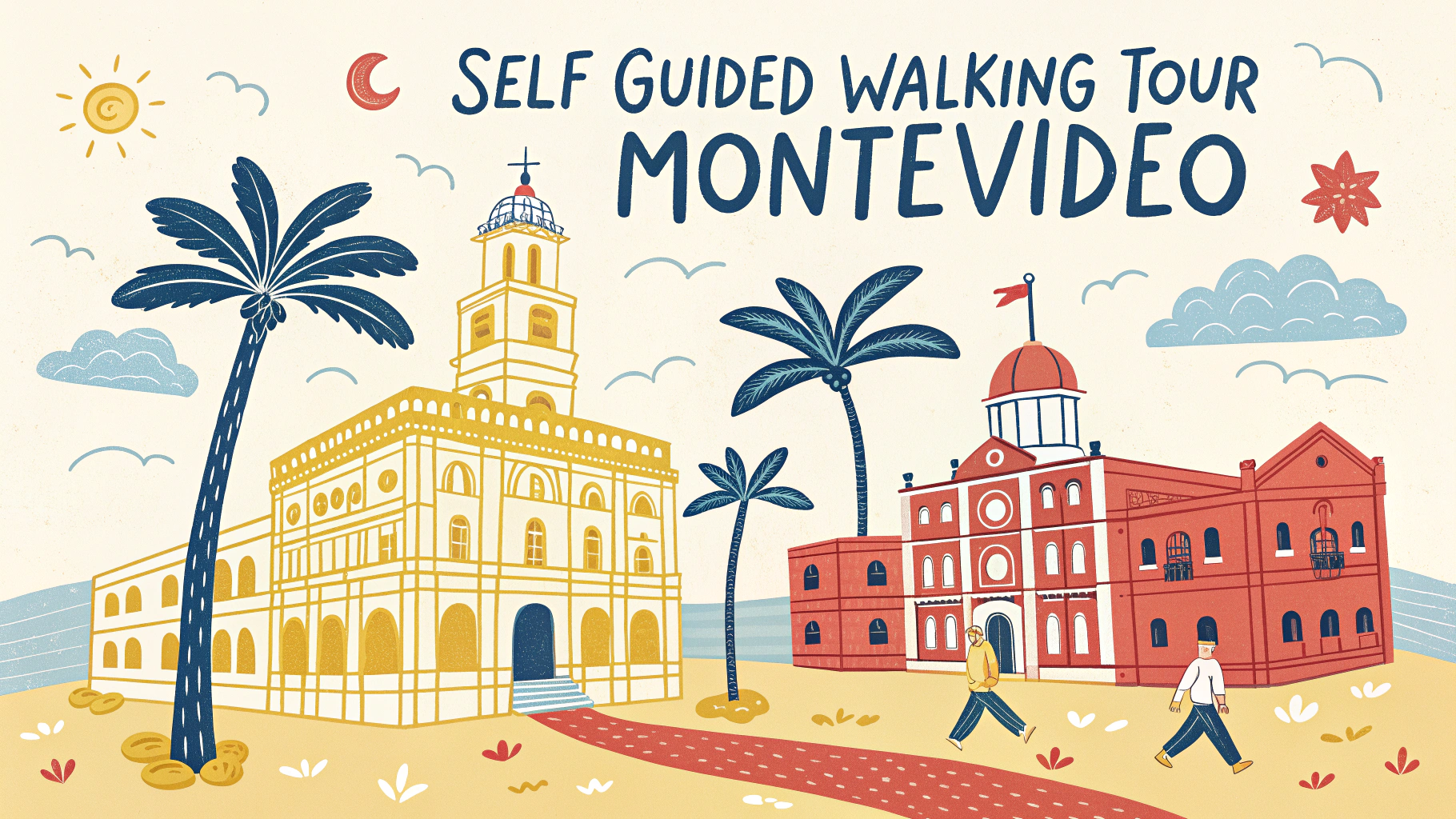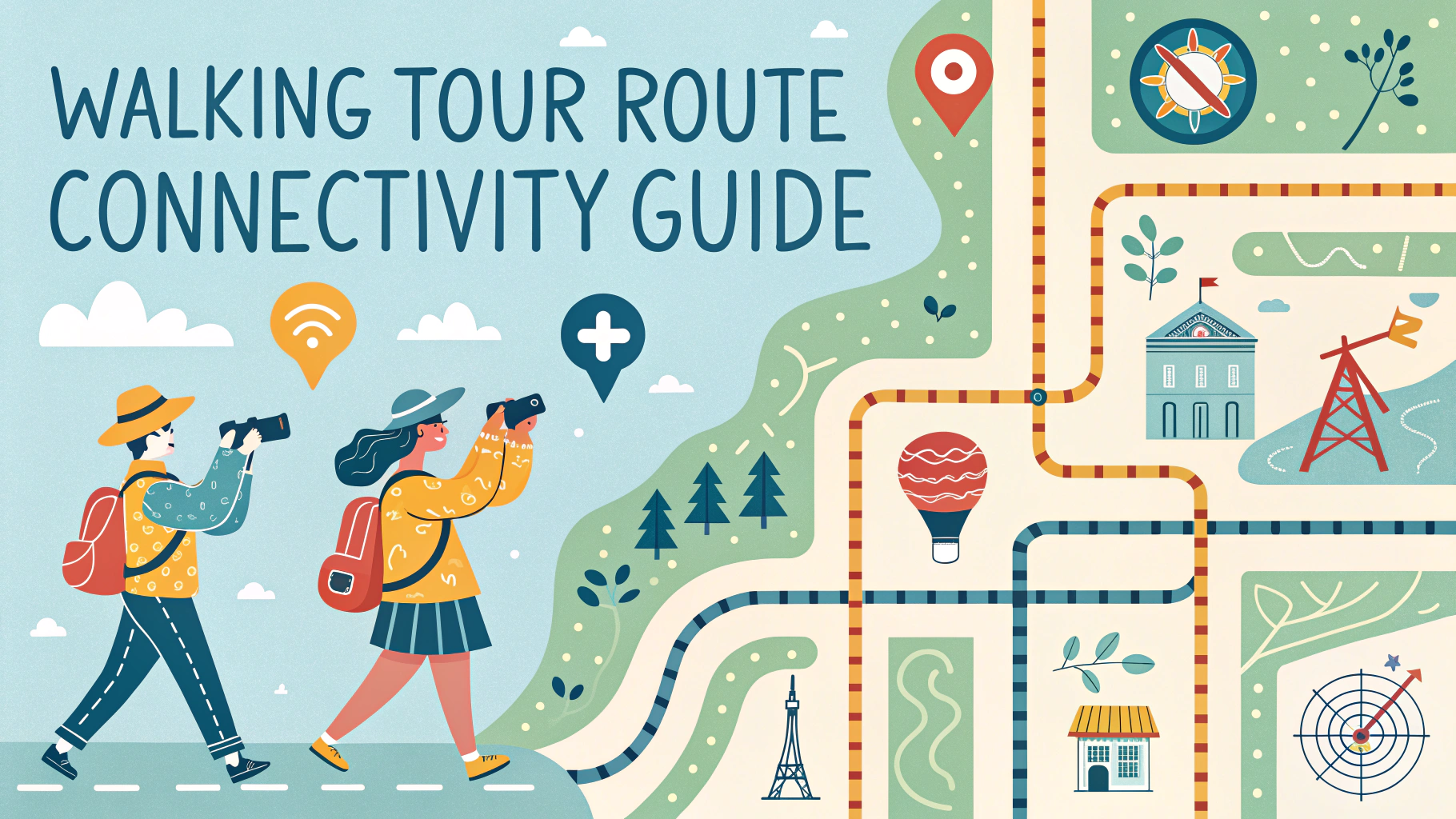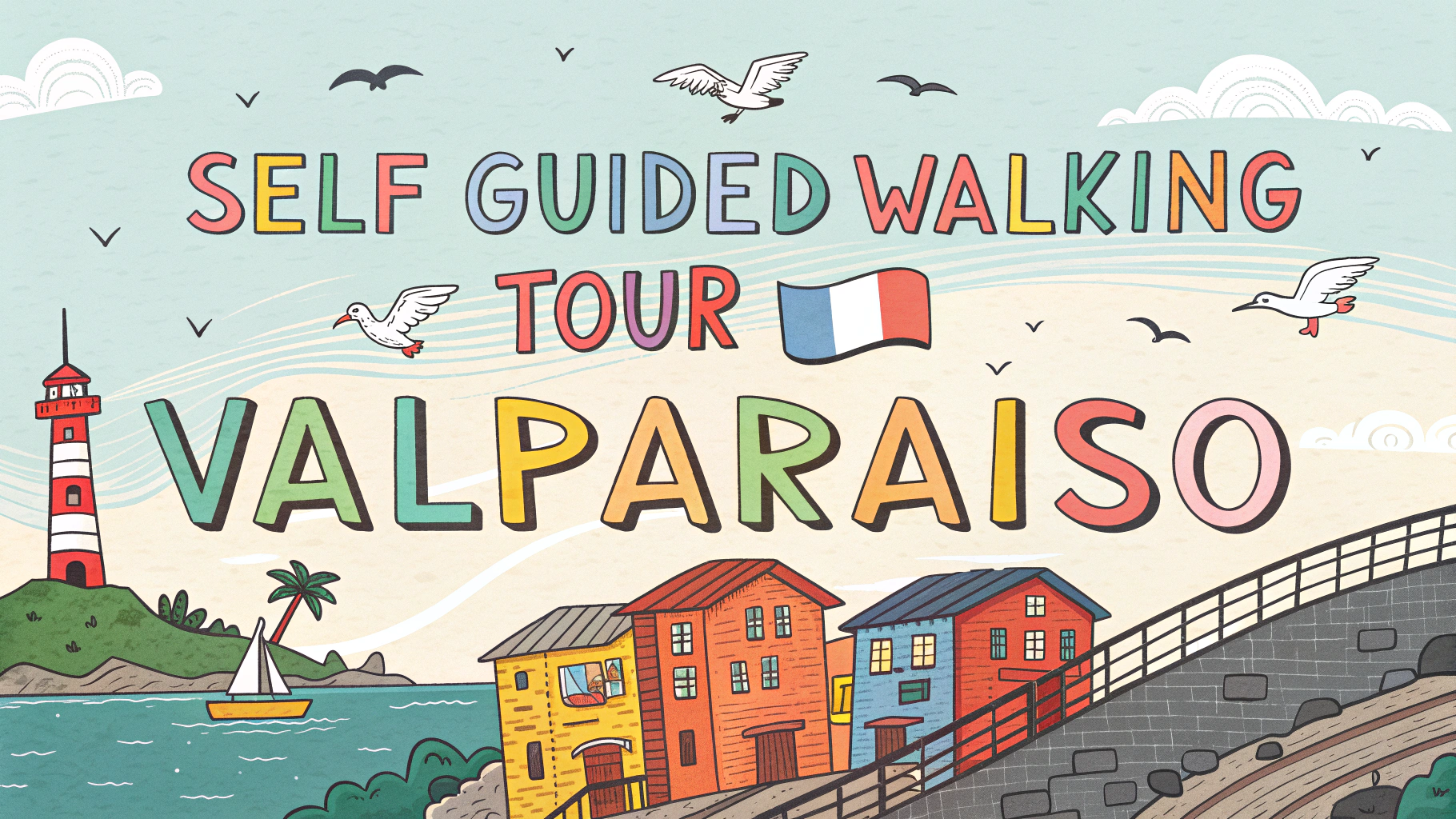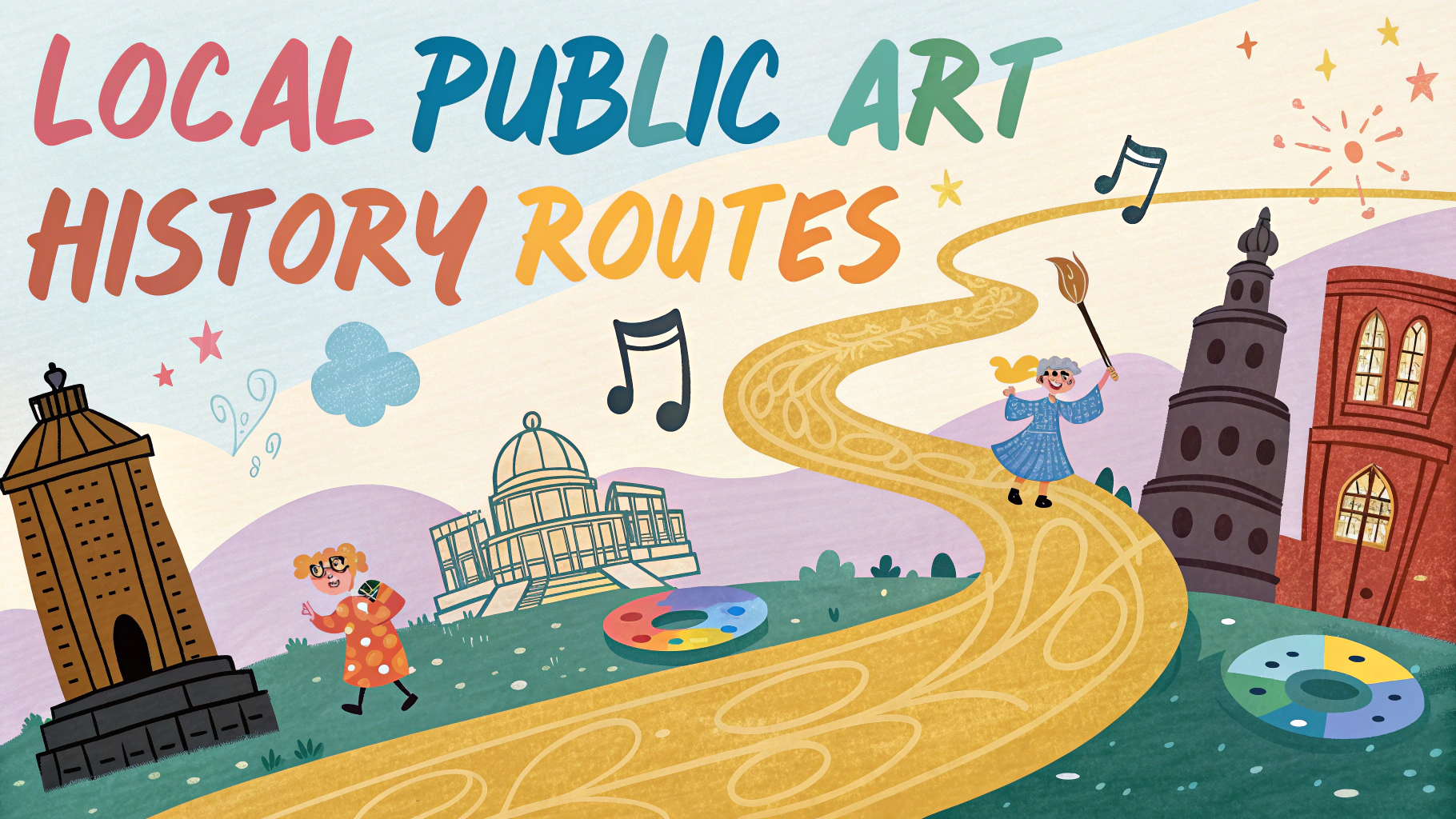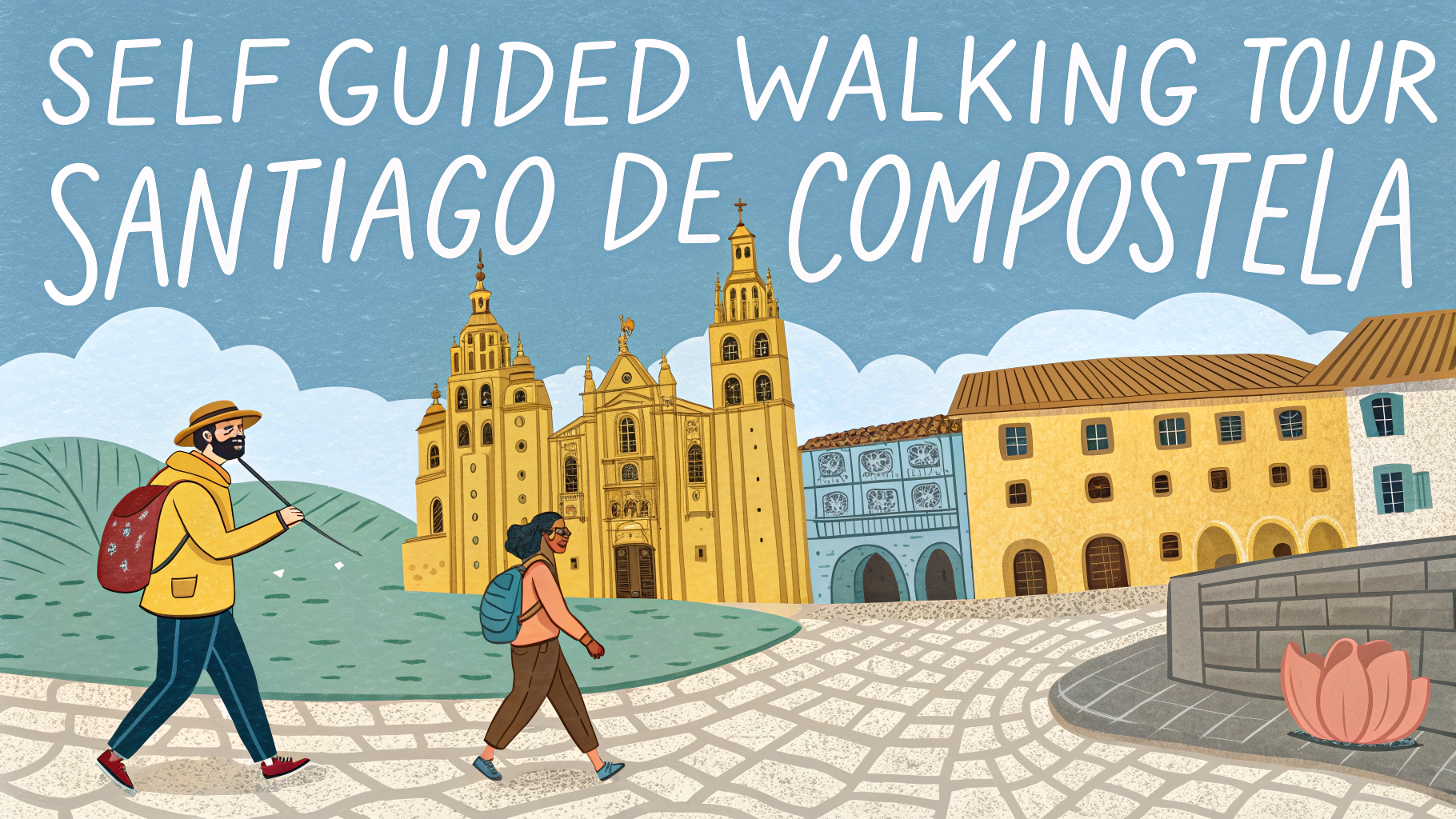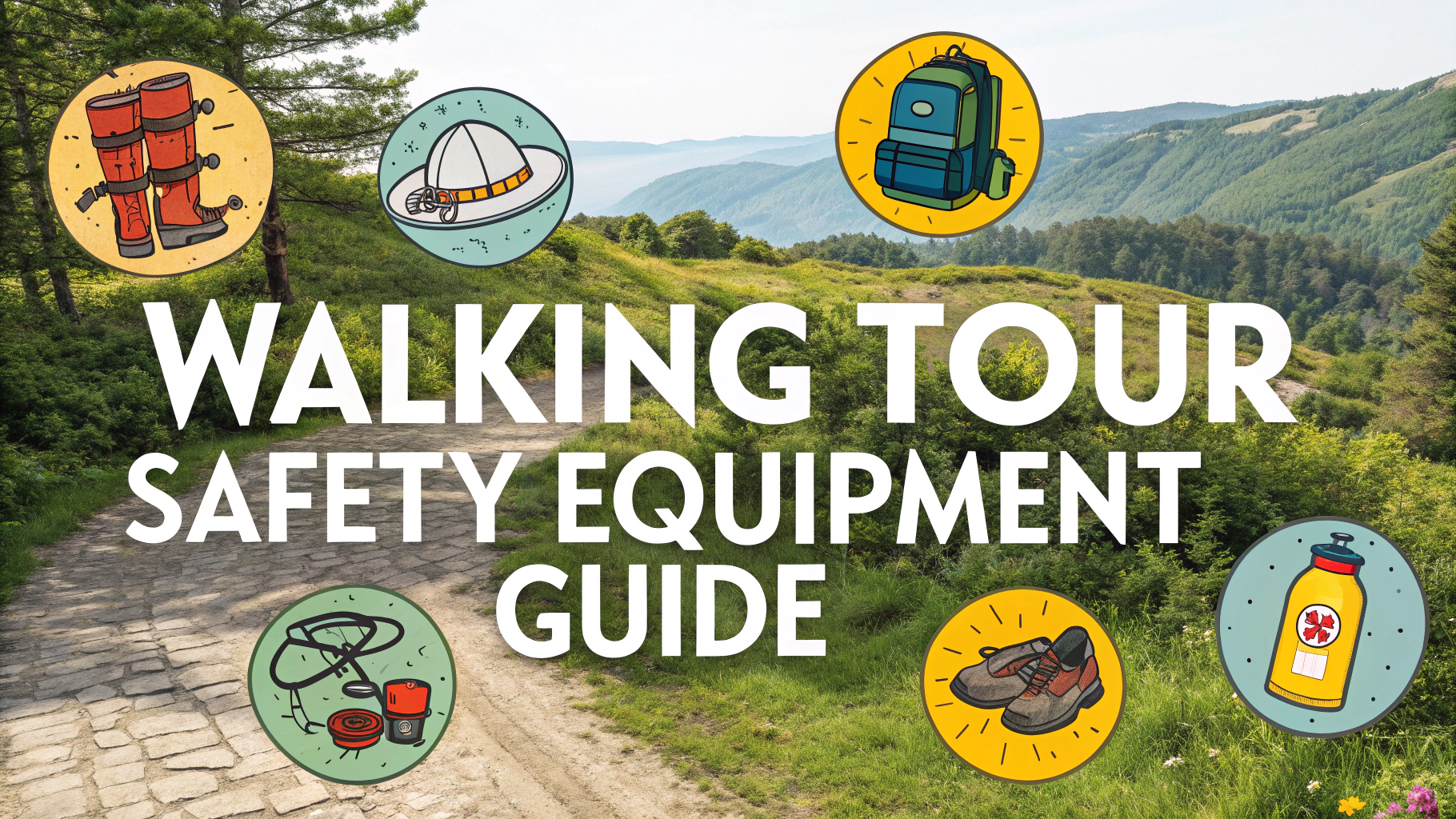Walking tours let you explore destinations at your own pace while discovering hidden gems that organized tours might skip.
Planning Your Self-Guided Walk
Research your destination thoroughly before creating your walking route, focusing on key attractions, historical sites, and local recommendations.
- Download offline maps using Google Maps or Maps.me
- Screenshot important directions and details
- Save points of interest in your mapping app
- Check weather forecasts for your walking day
Essential Items for Your Walk
- Comfortable walking shoes
- Portable phone charger
- Water bottle
- Small first-aid kit
- Weather-appropriate clothing
- Light snacks
Creating Your Route
Start with a clear theme or focus for your walk, such as architecture, food, or history.
Route Planning Tips:
- Keep distances manageable (2-3 miles for beginners)
- Include rest stops every 30-45 minutes
- Mark public restrooms on your map
- Note cafes and restaurants along the way
Using Technology
Several apps can enhance your walking experience:
- AllTrails: For detailed walking routes and user reviews
- GPSmyCity: Offers downloadable walking tours
- Google Maps: Create custom maps with your points of interest
Safety Considerations
Share your planned route with someone before starting your walk.
- Stay aware of your surroundings
- Keep valuables secure
- Walk in well-lit, populated areas
- Carry emergency contact information
Making the Most of Your Walk
Take photos of street names and landmarks to help with navigation.
Expert Tips:
- Start early to avoid crowds
- Research local customs and etiquette
- Learn basic phrases in the local language
- Join local walking groups on social media for tips
Resources for Walking Tours
Remember to respect local customs and leave no trace as you explore.
Enhanced Navigation Skills
Learn to read local maps and understand common directional signs before your walk.
- Practice using a compass on your phone
- Familiarize yourself with local street naming conventions
- Learn universal tourism symbols and signs
- Note major landmarks for orientation
Cultural Immersion
Use your walking tour as an opportunity to engage with local culture and traditions.
Cultural Engagement Tips:
- Visit local markets during your walk
- Stop at family-owned businesses
- Observe daily life in different neighborhoods
- Try regional specialties at local cafes
Photography Opportunities
Document your journey while respecting local photography rules and privacy.
- Research photography-restricted areas
- Ask permission before photographing people
- Look for unique architectural angles
- Capture street art and public spaces
Conclusion
Self-guided walking tours offer a unique blend of independence, discovery, and personal connection with destinations. By properly preparing, staying safe, and remaining open to unexpected discoveries, you’ll create memorable experiences that go beyond traditional tourism.
Final Reminders:
- Be flexible with your route
- Embrace unexpected discoveries
- Document your favorite spots
- Share your experiences to help other walkers
FAQs
- What exactly is a self-guided walking tour?
A self-guided walking tour is a pre-planned route that you follow independently using maps, apps, or written directions to explore an area at your own pace without a tour guide. - What essential items should I bring on a self-guided walking tour?
Comfortable walking shoes, a detailed map or GPS device, water bottle, weather-appropriate clothing, camera, portable charger, and any necessary tour materials or guides. - How long does a typical self-guided walking tour take?
Most self-guided walking tours range from 1-3 hours, though duration varies based on the route length, number of stops, and your personal pace. - What are the best apps for self-guided walking tours?
Popular apps include GPSmyCity, VoiceMap, Google Maps, AllTrails, and Rick Steves Audio Europe for European destinations. - Is it safe to do self-guided walking tours alone?
Yes, it’s generally safe if you stick to well-populated areas, tour during daylight hours, stay aware of your surroundings, and research the neighborhood beforehand. - How do I plan a self-guided walking tour route?
Research points of interest, create a logical sequence of stops, map the route, estimate walking times, and identify rest stops and facilities along the way. - What’s the ideal distance for a self-guided walking tour?
2-5 miles (3-8 kilometers) is ideal for most people, allowing time for stops and sightseeing without becoming too exhausting. - Do I need internet access during a self-guided walking tour?
While helpful, internet access isn’t always necessary. Download offline maps, tour guides, and relevant information beforehand to navigate without connectivity. - What’s the difference between free and paid self-guided tour resources?
Paid resources often include detailed historical information, offline access, professional narration, and curated routes, while free resources typically offer basic navigation and brief descriptions. - How can I time my stops effectively during a self-guided tour?
Allow 10-15 minutes for minor attractions and 30-45 minutes for major sites, scheduling extra time for photo opportunities and unexpected discoveries.
